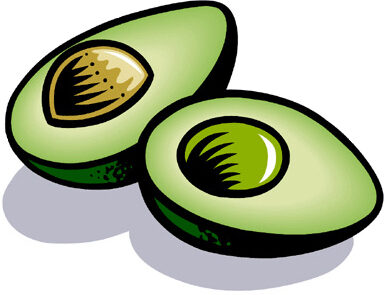Wool carpet is a timeless flooring option that combines luxury, warmth, and durability. Its production process is a fascinating blend of tradition and modern technology, resulting in a product that graces homes and commercial spaces with unmatched beauty and functionality.
1. Wool Sourcing:
The journey of wool carpet begins with the careful selection of the raw material – wool. Wool is primarily obtained from sheep, although it can also come from other animals like goats and alpacas. The quality of the wool is crucial, and it’s often sourced from regions known for their fine wool production, such as New Zealand and Australia.
2. Shearing:
Once the wool is sourced, the next step is shearing. Sheep are carefully and gently sheared to collect their fleece. This is typically done in the spring when their wool has grown to the desired length. Skilled shearers ensure that the fleece is removed without harming the animal.
3. Sorting and Cleaning:
After shearing, the wool is sorted and cleaned. During sorting, the wool is separated into different grades based on its quality, texture, and colour. Any impurities like dirt, grease, and vegetable matter are removed through a series of washing processes. This ensures that the wool is clean and ready for processing.
4. Carding:
The cleaned wool is then carded to align the fibres and remove any remaining impurities. Carding involves passing the wool through a series of rollers with wire brushes. This process creates a fluffy, uniform web of wool fibres, making it easier to spin into yarn.
5. Spinning:
The carded wool is spun into yarn. Traditional spinning wheels and modern machinery are used to twist the wool fibres together, creating strong and continuous strands of yarn. The thickness and twist of the yarn can be adjusted to achieve the desired texture for the carpet.
6. Dyeing:
If coloured wool is required, the yarn is dyed at this stage. Natural and synthetic dyes can be used to achieve an array of colours. The dyeing process is carefully controlled to ensure even colouration and consistency throughout the yarn.
7. Tufting:
Tufting is a key step in the carpet-making process. It involves inserting the dyed and spun yarn into a backing material to create the carpet’s pile. Modern tufting machines use hundreds of needles to punch the yarn through the backing, forming loops that create the carpet’s texture.
8. Backing and Latexing:
Once the tufting is complete, the carpet is backed with a secondary material, often made of woven fabric or synthetic materials. A layer of latex adhesive is applied to the back to hold the yarn in place. This backing provides stability and durability to the carpet.
9. Cutting and Shearing:
The carpet is then cut to the desired size and shape. After cutting, it undergoes shearing, a process that trims the pile to an even height. Skilled craftsmen use specialized tools to create a smooth, uniform surface.
10. Inspection and Quality Control:
Each carpet goes through a rigorous inspection process to ensure quality and consistency. Imperfections are identified and corrected, and any loose fibres are removed. This step is crucial to delivering a flawless product to customers.
11. Finishing and Packaging:
The final step involves finishing touches such as binding the edges of the carpet and applying protective treatments to enhance stain resistance and durability. The carpets are then carefully packaged for shipment to retailers or customers.
In conclusion, wool carpet production is a meticulous and time-honoured process that marries natural fibres with modern technology to create a luxurious and enduring flooring option. From the humble sheep’s fleece to the finished product in your home, the journey of a wool carpet reflects a commitment to quality, comfort, and elegance that has made it a beloved choice for generations. Its natural warmth, resilience, and timeless beauty make the wool carpet a symbol of both craftsmanship and innovation in the world of interior design.

